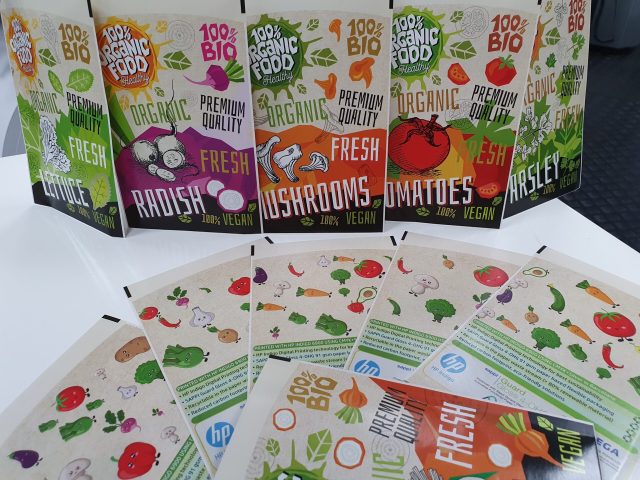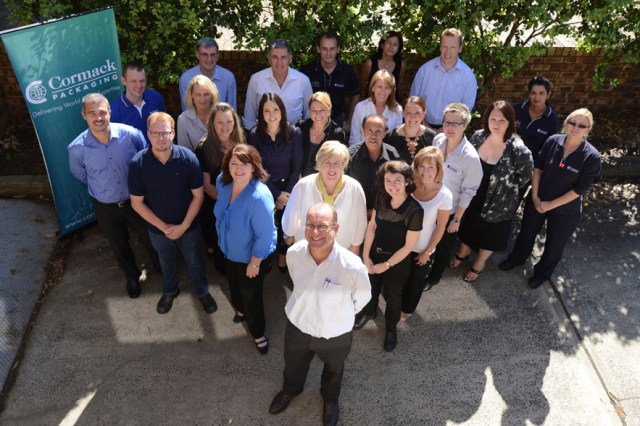
Data-based packaging within the supply chain enables businesses to take a variety of valuable decisions, according to Masitek Instruments director of global accounts Aleksander Broda.
Broda, who recently spoke at a session during the AIPIA Smart Packaging Virtual Congress, said the key word when it comes to packaging design and the handling of containers in all stages of their life – transport, palletising/depalletising, filling line and even in trade situations or at the consumer level is optimisation.
Broda said the aim is to find the best solution that responds to marketing ideas, avoiding the risk of container breakage or damage – all of course within the standard drivers: efficiency increase, cost savings, sustainability, and safety.
Masitek Instruments has delivered on this by using sensors inserted into exact acrylic replicas of glass bottles/jars/vials or aluminum cans and placed among real containers in the cases/cartons or on the lines.
They record the real impacts from hits of other bottles and machinery, squeeze pressure forces, vertical load, etc. Evaluation of such data is then used in re-active and pro-active approaches.
“These sensors can detect or measure what impact the bottles ‘feel’ – we’re talking mainly about glass bottles here because impact is so important for them, but also vertical loads and scuffing and things like squeeze pressure that happen to bottles and cans in the packaging supply chain,” he said.
“This helps us to take a lot of decisions. For example, if we need to put dividers separators between our bottles, or what would be better in relation lto our handling in the supply chain, or when marketing to the consumers.
“So, such proactive use of these sensors can help us optimise secondary packaging and in the supply chain.”
Broda further explained that practical examples include lightweighting or redesign of containers, development of optimal secondary packaging (e.g. dividers between bottles in cartons), choosing best transportation routes and handling methods, making choices of new equipment for handling, finding out where bottles get scuffed, and others.
“Such sensors help to get digital data to actually proactively work on our solutions. So, in lightweighting we can use such sensors to optimise the handling settings and use it as criteria to redesign the bubbling in packaging if it occurs and to work on improved solutions. Lightweighting is also connected with cost reduction, with sustainability, with the market needs and our future practical,” he said.
According to Broda, similar sensors can be used in models of eggs and potatoes by agricultural companies to develop their packaging, as well as to understand and optimise the processes.
He also suggested new ideas to implement within this area, which include:
- Using a large number of sensors that follow bottles through the supply chains and interact among each other and the server;
- Implementing exact bottle replicas with embedded sensors, that can be used at retail chains and presented to consumers – to promote proper handling that serves lightweighting / sustainability;
- Using spatial tracking which creates maps of the line or supply chain segments.


